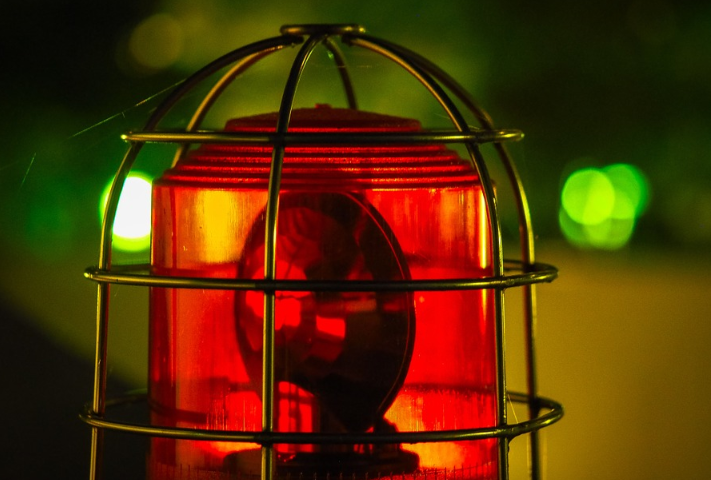The Top Five Most Common Home Emergencies and How to Deal with Them
When a home emergency happens for the first time, homeowners can get a little paralyzed. Questions like, “What do I do now?” or “Should I call someone or try to fix it?” are common. The best response always depends on the problem at hand, so let’s take a look at frequent household emergencies and your best response.
Grease Fire in the Kitchen
Home emergencies are best planned out before the case of an emergency. Never use water to put out a grease fire – it splashes the grease around and often makes things worse. Instead, look around for a handy metal lid from a nearby pot (a wok lid, for example, is ideal). Cover the fire with the lid until it suffocates and dies down. Then carefully remove the hot lid to observe the damage. If a lid is not around, carefully douse the fire with baking soda.
Now that you realize the risk of residential fires, you should consider hiring a Fire Watch Guard Services Company. They’ll set an alarm system that is connected to their surveillance so that you’ll get their help as quickest as possible.
Burst and Broken Pipes
Your home has a main water valve – often in the basement or near the front of the house – that controls the flow of water: If you have a bad leak, you need to turn this valve off immediately to prevent expensive water damage (this is also a good preventative step if you are leaving the house during winter). Then inspect the pipes to find out what is damaged and needs to be replaced. If freezing water caused your pipes to burst, you should also consider pipe insulation.
Furnace Failure
Remember to shut down electrical power to your furnace before taking a look inside. If you have a gas furnace, check to see if the pilot light has gone out and needs to be re-ignited. If the pilot light isn’t the problem, look for signs of damaged wiring or burnt-out switches and sensors to narrow down the problem. Make sure the fan and motor are also working. If any of these components have failed, call a professional about a repair date.
Overflowing Toilet
Toilets typically overflow when they can’t stop running and cannot drain properly. First, stop the flow by turning off the valve in the back of the toilet near the wall, which shuts down water. Quickly mop up standing water before it causes any damage, then look for the source of the problems. First look for issues with the fill tube and float that may keep the toilet running, then look for clogs and other issues that are keeping the toilet from draining.
Broken Windows
Pull-on thick gloves and carefully inspect the damage. Pick up any glass shards and remove any jagged, dangerous edges while noting the extent of the damage. You can seal the window by taking a trash bag and cutting it with scissors to fit the window opening. Tape several layers of this bag plastic to the window’s frame with duct tape. Window repair professionals typically offer same-day repairs if you don’t have enough time for a DIY project.…

